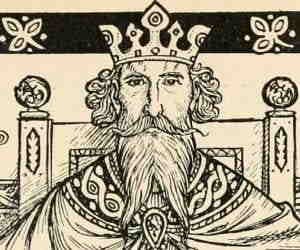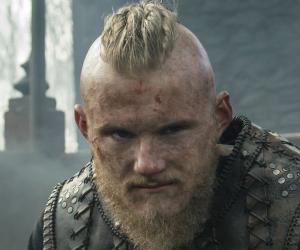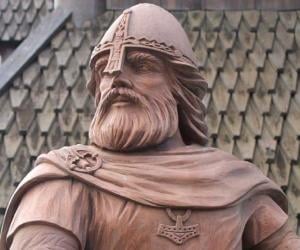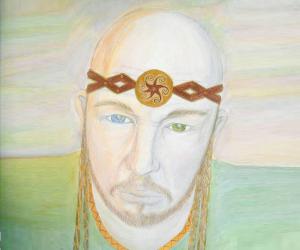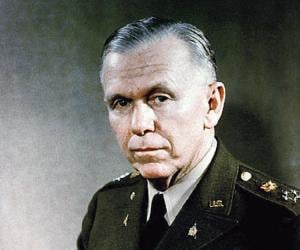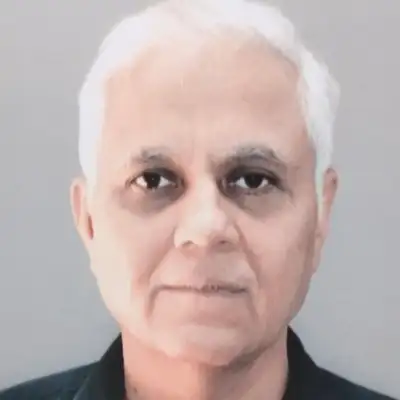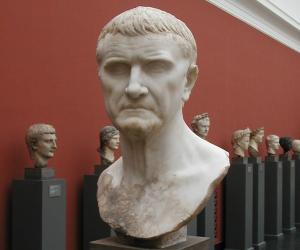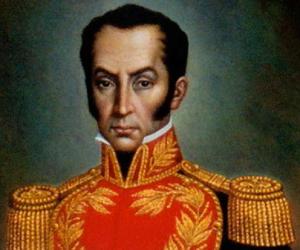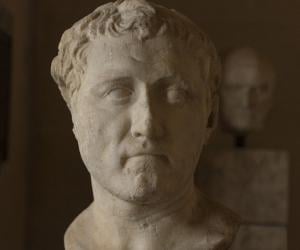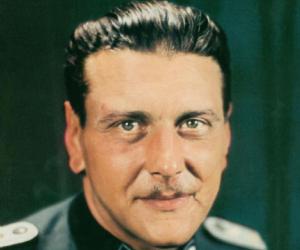Born In: Denmark
Halfdan Ragnarsson
Halfdan Ragnarsson, the son of legendary Viking leader Ragnar Lodbrok, or Ragnar Lothbrok, flourished in the 9th century, and is remembered for leading the Great Heathen Army in their invasion of the Anglo-Saxon kingdoms of England, beginning in 865. The invasion began as an act of revenge of Halfdan and his brothers, against the Anglo Saxon king Ælla of Northumbria, who had killed their father, Ragnar. While Halfdan was initially accompanied by his brothers, Ivar the Boneless and Ubbe, he later took up the leadership of the army. Some legends also believe he was the founder of the Danish kingdom of York. He also tried reclaiming Ireland, but lost his life in the campaign. He did not find any mention in the iconic series on the Norse legend of Ragnar, Vikings, since he is not mentioned in any major Norse historical source and is considered a fictional character by many scholars.
